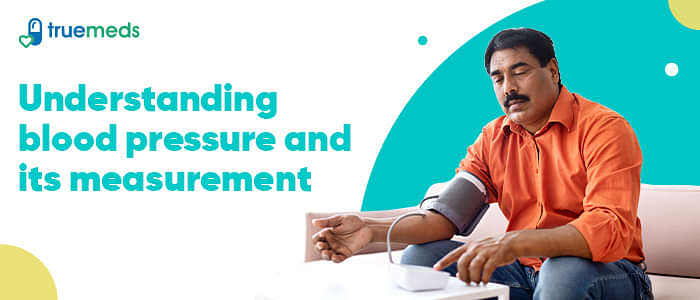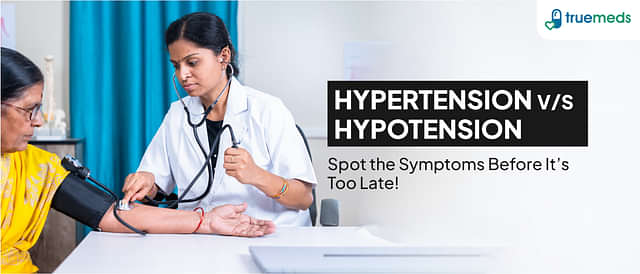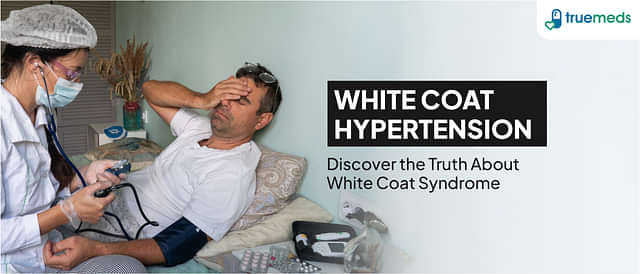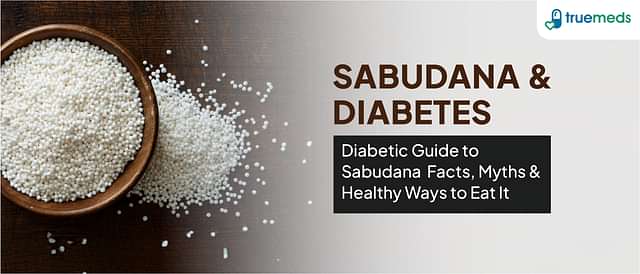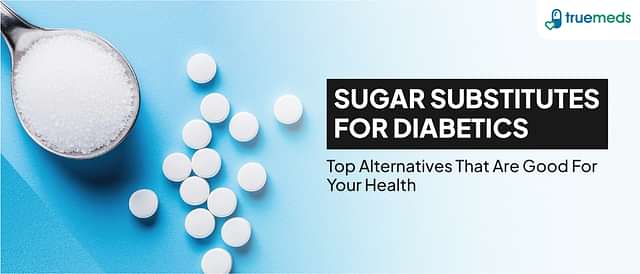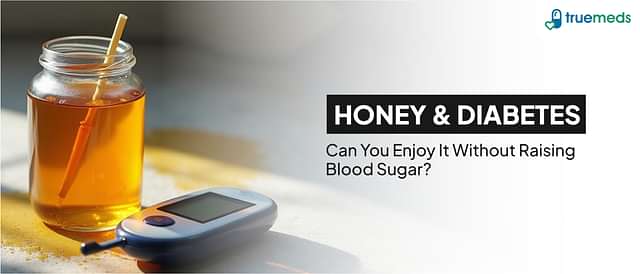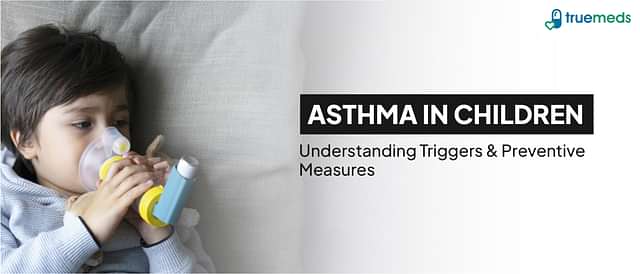Understanding Blood Pressure And Its Measurement
Last updated on : 17 Mar, 2025
Read time : 11 min
Introduction
As one of the most common medical conditions affecting people today, high blood pressure or hypertension can be a silent killer. It affects over a billion people worldwide and is a leading cause of stroke, heart attack, and kidney failure. The best part is high blood pressure is manageable and preventable with lifestyle changes and medication.
What is blood pressure?
Blood pressure is the pressure exerted by the blood against the artery’s walls. The blood pressure reading measurements are commonly taken in millimetres of mercury (mmHg) and are expressed as systolic and diastolic numbers. The systolic blood pressure is the pressure measured when the heart beats, and the diastolic pressure is the pressure measured when the heart rests between beats.
When the blood pressure in the arteries is consistently high, it makes the heart work harder than it should. High blood pressure can cause blood vessel damage over time, leading to heart disease, stroke, and other complications. Blood pressure reading measurement is important in determining an individual’s cardiovascular health.
What is high blood pressure?
According to WHO, high blood pressure is when the pressure in your blood vessels is too high (140/90 mmHg or higher). It is known as hypertension.
Risk factors for high blood pressure
Several risk factors can contribute to high blood pressure, which include:
- Age: As you age, your risk of high blood pressure rises.
- Family history: You are more likely to develop high blood pressure if your parents or other close relatives have high blood pressure.
- Obesity: Having a weight problem or being obese can make you more susceptible to high blood pressure.
- Lack of exercise: Lack of exercise increases the risk of high blood pressure.
- Smoking and alcohol: Smoking and alcohol can raise your risk of high blood pressure.
Symptoms of high blood pressure
The symptoms of high blood pressure include:
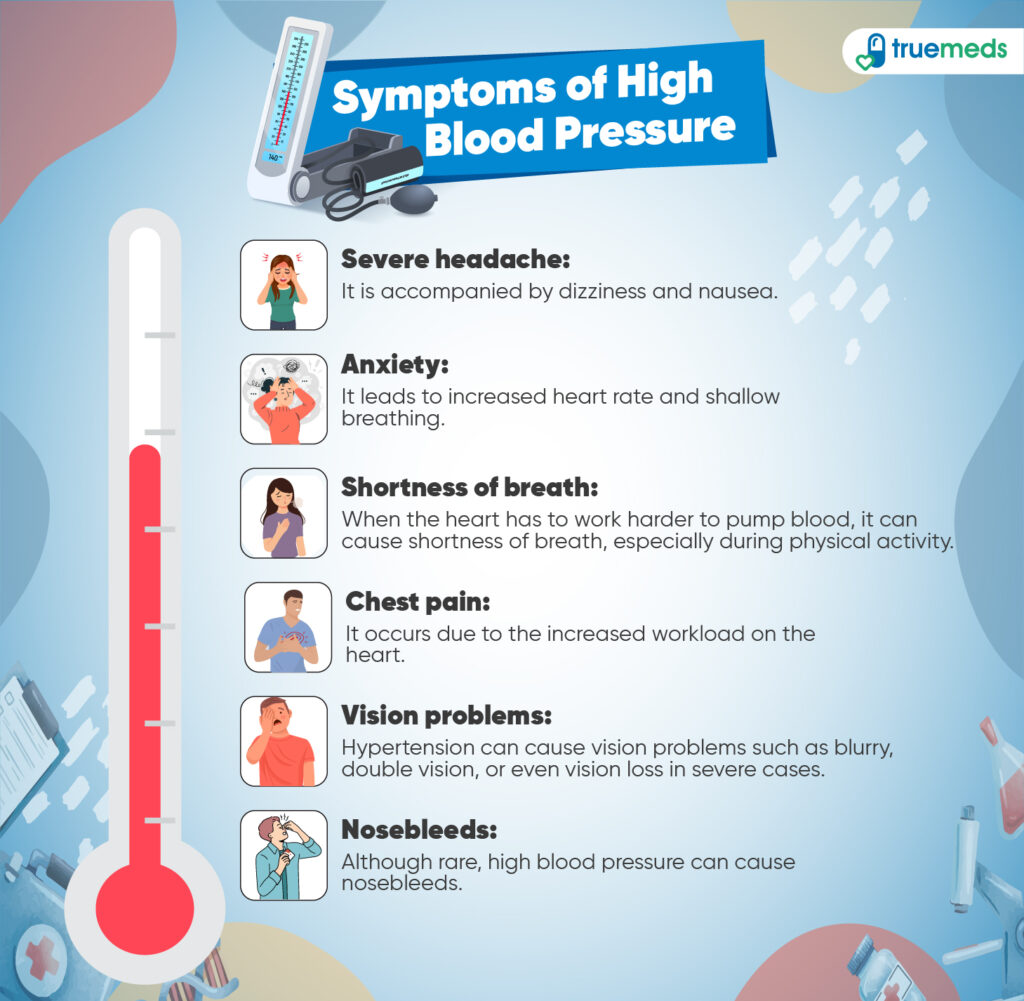
- Severe headache: It is a common symptom of high blood pressure, especially when accompanied by dizziness and nausea.
- Anxiety: Getting anxious is another symptom of high blood pressure. It leads to increased heart rate and shallow breathing.
- Shortness of breath: When the heart has to work harder to pump blood, it can cause shortness of breath, especially during physical activity.
- Chest pain: High blood pressure can cause chest pain or discomfort due to the increased workload on the heart.
- Vision problems: Hypertension can cause vision problems such as blurry, double vision, or even vision loss in severe cases.
- Nosebleeds: Although rare, high blood pressure can cause nosebleeds, especially in people with severe hypertension.
What do the blood pressure readings indicate?
The first number represents the systolic blood pressure, or the pressure experienced when the heart beats. The second number is diastolic blood pressure, or the pressure experienced when the heart rests between beats.
A healthy blood pressure reading measurement should be less than 120/80 mmHg.
Readings between 120/80 mmHg and 139/89 mmHg are considered pre-hypertensive, while readings of 140/90 mmHg or higher are classified as hypertension.
Understanding the different stages of Blood pressure
Blood pressure is classified into different stages based on the readings. These stages include:

- Pre-hypertension is a term used to describe blood pressure higher than usual but not yet high enough to be classified as hypertension. It is diagnosed when a person’s blood pressure range consistently measures 120-139/80 mmHg. Pre-hypertension is a warning sign that blood pressure is trending upwards and should be closely monitored to prevent progression to hypertension.
- Stage 1 hypertension is a more severe form of high blood pressure, diagnosed when a person’s blood pressure readings consistently measure 140/90 mmHg or higher. At this point, there is a significant increase in the risk of developing heart disease, stroke, and other complications.
- Stage 2 hypertension is a more severe form of high blood pressure. It is diagnosed when a person’s blood pressure consistently measures 160/90 mmHg or higher. The risk of developing heart disease, stroke, and other complications increases significantly at this stage.
Proper blood pressure reading measurement is critical for identifying hypertension and monitoring therapy efficacy. A rise in blood pressure can lead to severe complications like stroke, heart attack, and kidney failure. It is classified into two types:
Hypertensive urgency and emergency
1) Hypertensive urgency
There are no signs of organ damage when blood pressure readings are very high (above 180/120 mmHg). In this case, blood pressure can be lowered gradually over hours or days with medications under close medical supervision.
2) Hypertensive emergency
When blood pressure readings are very high (above 180/120 mmHg), there are signs of organ damage, such as shortness of breath, severe headache, confusion, blurry vision, or seizures. In this case, blood pressure needs to be lowered immediately in the emergency room with intravenous medications.
Health risks associated with high blood pressure
High blood pressure can cause health problems. Heart-related diseases, such as heart attack and stroke, are the most common complications of high blood pressure. High blood pressure is also linked to kidney diseases.
High blood pressure can cause vision loss by damaging the blood vessels in the eyes. High blood pressure is also linked to cognitive impairment, such as memory loss and difficulty reasoning. Finally, high blood pressure can affect sexual function in both men and women.
Blood Pressure Measurement
Blood pressure reading measurement can be done using a sphygmomanometer, a device that monitors the pressure in an artery. The process involves wrapping a cuff around the upper arm and inflating it until the blood flow is blocked. Then, the air is gradually released, and the pressure is measured.
Blood pressure can also be measured using digital devices or wrist monitors, which are less accurate than a sphygmomanometer. An inaccurate blood pressure reading measurement can lead to serious health complications.
Read Also: BMI Chart for Men and Women
What affects a blood pressure reading?
Several factors can affect blood pressure readings, which include:
- Physical activity: Physical activity can cause a temporary increase in blood pressure, so avoiding exercise or other strenuous activities for at least 30 minutes before taking a blood pressure reading is recommended.
- Stress and anxiety: It can cause a temporary increase in blood pressure. It is recommended to be calm and relaxed during the reading to get accurate blood pressure readings.
- Smoking and caffeine: Smoking and caffeine can cause a temporary increase in blood pressure. It is recommended to avoid smoking and drinking caffeine for at least 30 minutes before taking a blood pressure reading.
- Medications: Certain medications, such as decongestants, steroids, and nonsteroidal anti-inflammatory drugs (NSAIDs), can cause a temporary increase in blood pressure. Before taking a blood pressure reading, inform your healthcare provider about your medications.
- Position: Blood pressure readings can vary depending on the body’s position. Blood pressure readings taken while sitting with the arm at heart level are generally the most accurate.
- White coat hypertension: Some people may experience a temporary increase in blood pressure when visiting a healthcare provider due to anxiety or stress, known as white coat hypertension. Multiple blood pressure readings taken on different occasions are usually needed to diagnose hypertension.
Prevention of Blood pressure
There are several ways to prevent high blood pressure. Some of the most effective strategies include:
- Maintaining a healthy weight: Being overweight or obese can contribute to the risk of developing high blood pressure. Hence, maintaining a healthy weight through a balanced diet and regular exercise can help prevent hypertension.
- Eat a healthy diet: A balanced diet rich in vegetables, fruits, whole grains, low-fat dairy products, and low trans and saturated fats can help lower blood pressure.
- Exercise regularly: Physical activity can help reduce blood pressure and also help you maintain a healthy weight. On most days of the week, moderate-intensity exercise is advised. Aim for at least 30 minutes of workout.
- Limit alcohol consumption: High intake of alcohol can raise blood pressure. Men should limit themselves to two drinks daily, while women should limit themselves to one.
- Quit smoking: Smoking raises blood pressure and increases the risk of heart disease. Smoking cessation is one of the best things you can do for your health.
- Manage stress: High blood pressure can be exacerbated by chronic stress. Find stress-relieving activities such as exercise, meditation, or talking to a therapist.
- Monitor blood pressure: Checking blood pressure regularly can help identify hypertension early, allowing for early intervention and treatment.
Read more: 7 Most Important Lifestyle Changes for Maintaining Healthy Blood Pressure
What is low blood pressure?
Hypotension, or low blood pressure, is the medical term for having lower blood pressure than usual, which is less than 90/60 mm Hg. Low blood pressure can sometimes be a symptom of a hidden medical condition, but it can also be a normal variation for some people.
Some common symptoms of low blood pressure are:
- Dizziness
- Lightheadedness
- Fainting
- Blurred vision
- Nausea
- Fatigue
Several factors, such as dehydration, medication side effects, heart problems, endocrine disorders, or decreased blood volume, can cause low blood pressure.
Low blood pressure treatment depends on the underlying cause. Increasing fluid and salt intake and lifestyle changes such as standing up slowly can help with mild cases of low blood pressure. For more severe cases, medications may be prescribed to raise blood pressure.
Understanding blood pressure reading measurement correctly is crucial for healthcare professionals, and individuals can benefit from monitoring their blood pressure at home. It’s crucial to consult a doctor if you have low blood pressure symptoms to identify the underlying cause and the best course of action. Low blood pressure sometimes indicates a more serious medical condition and needs to be treated immediately.
Conclusion
Understanding blood pressure reading measurement is important for maintaining good health. If blood pressure is too high or too low, the range can cause serious health issues like heart disease, stroke, and kidney damage. Therefore, it is essential to regularly monitor your blood pressure and make lifestyle changes or take medications as your healthcare provider recommends to manage hypertension. Remember that managing hypertension can prevent serious health issues because prevention is always better than cure. Following a healthy diet, exercising regularly, managing stress, and quitting smoking and drinking excessively can reduce your risk of developing high blood pressure.
Frequently asked questions
Age and gender play a role in blood pressure targets. Here are the general blood pressure ranges by age and gender:
For men:
Age 18-39 years: less than 122/81 mm Hg
Age 40-59 years: less than 127/81 mm Hg
Age 60 years and older: less than 135/83 mm Hg
For women:
Age 18-39 years: less than 120/75 mm Hg
Age 40-59 years: less than 129/80 mm Hg
Age 60 years and older: less than 135/83 mm Hg
You should be concerned if your diastolic blood pressure is consistently high. Diastolic blood pressure is the bottom reading in a blood pressure measurement reading, and it measures the pressure in your arteries when your heart is at rest between beats.
A diastolic blood pressure reading of 80 mm Hg or less is considered normal, while reading between 80 and 89 mm Hg is considered elevated. When diastolic blood pressure reaches 90 mm Hg or higher, it is classified as hypertension or high blood pressure, and ayurvedic medicine for BP may be considered as a treatment option.
Disclaimer
Our healthcare experts have carefully reviewed and compiled the information presented here to ensure accuracy and trustworthiness. It is important to note that this information serves as a general overview of the topic and is for informational purposes only. It is not intended to diagnose, prevent, or cure any health problem. This page does not establish a doctor-patient relationship, nor does it replace the advice or consultation of a registered medical practitioner. We recommend seeking guidance from your registered medical practitioner for any questions or concerns regarding your medical condition.
Popular Articles
Recommended Articles
Recent Articles
Top-Selling Medicines:
...View more
Top-Selling OTC:
...View more
Subscribe
Registered Office Address
Grievance Officer
Download Truemeds

Contact Us
Our customer representative team is available 7 days a week from 9 am - 9 pm.
v3.7.5
Our Payment Partners









